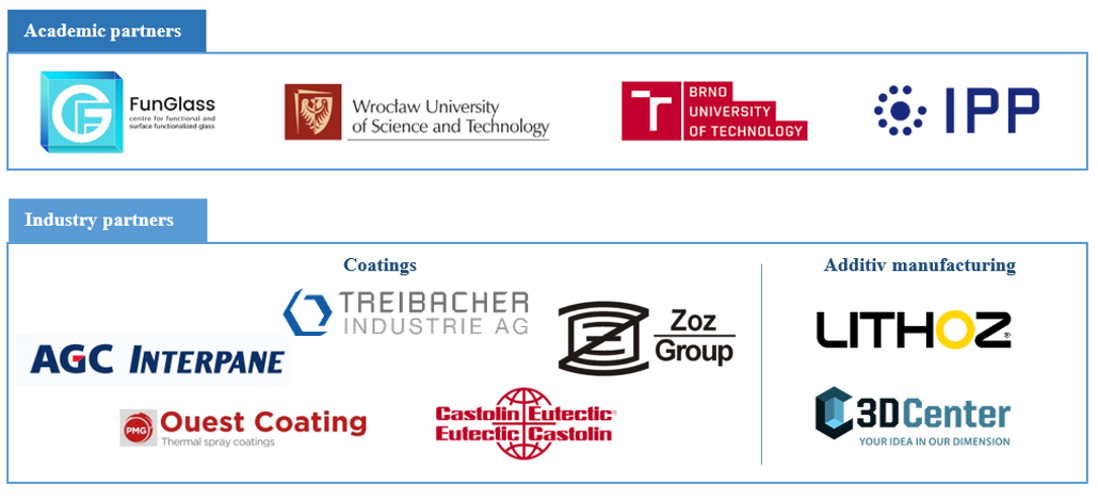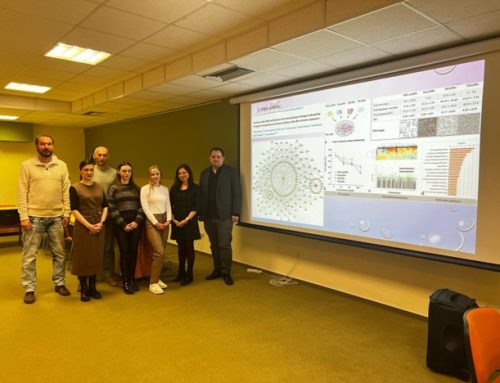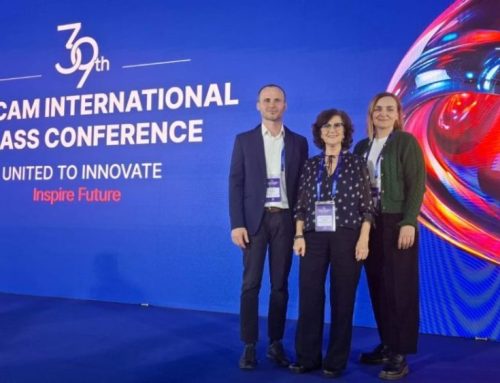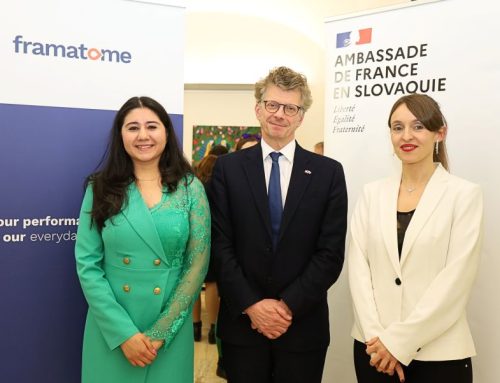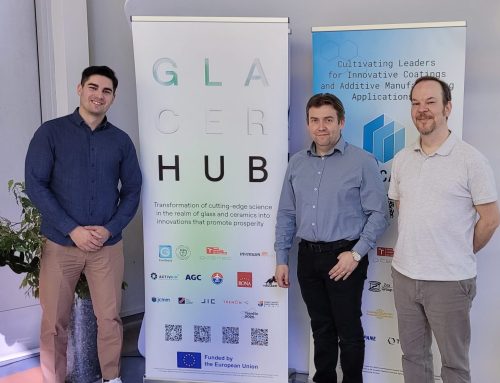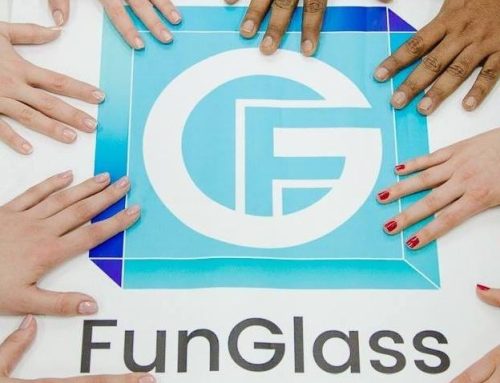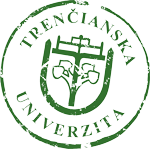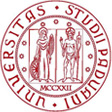CLiCAM Inter-sectoral Secondment Opportunities
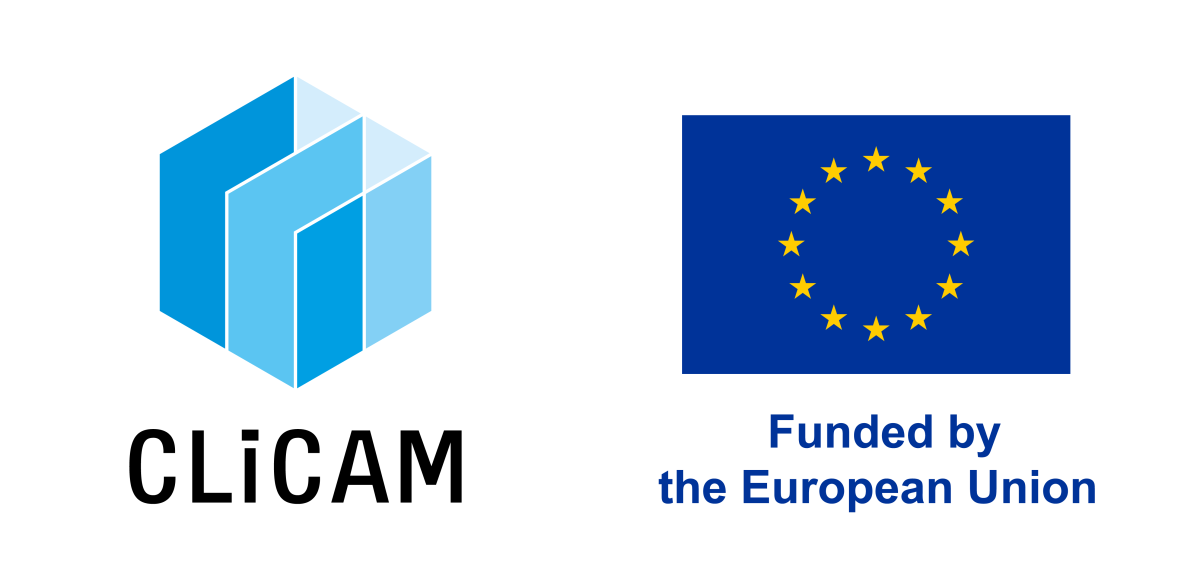 The Centre for Functional and Surface Functionalised Glass is announcing a call for 13 postdoctoral researchers – ERA Talents – to undertake inter-sectoral secondments with industrial partners of the CliCAM project based in Belgium, France, Germany, Austria, or Poland. The aim of these secondments is to cultivate future leaders in innovation, strengthen R&I skills, and transform basic research into sustainable prosperity in the fields of coatings and additive manufacturing.
The Centre for Functional and Surface Functionalised Glass is announcing a call for 13 postdoctoral researchers – ERA Talents – to undertake inter-sectoral secondments with industrial partners of the CliCAM project based in Belgium, France, Germany, Austria, or Poland. The aim of these secondments is to cultivate future leaders in innovation, strengthen R&I skills, and transform basic research into sustainable prosperity in the fields of coatings and additive manufacturing.
Intersectoral secondments offer participating researchers the opportunity to acquire specific, in-demand skills necessary for intersectoral collaboration. To develop these skills, each secondment involves hands-on training on jointly defined topics, providing a springboard for future collaboration between academia and industry. The duration of the secondments varies from 3 to 9 months.
Upon returning to their home institution, researchers are expected to develop impactful innovations based on their intersectoral secondments, encourage the integration of acquired knowledge across the CLiCAM consortium, and share best practices for effective innovation management.
Eligibility Criteria:
- Full-time postdoctoral researchers who have been working for at least 6 months and have experience in the fields of coatings and additive manufacturing at the:
- High level of motivation for the development of research and management knowledge and skills.
Candidates will be selected based on their outstanding track record, experience, and exceptional contributions to research and science.
For further information, please contact Mrs. Monika Šandrejová in person or via email at monika.sandrejova@tnuni.sk by October 15, 2023.
We encourage all eligible postdoctoral researchers to apply and take advantage of this unique opportunity!
The secondments are available in the following topics of coatings and additive manufacturing:
- Deposition of diamond-like carbon (DLC) coatings by PECVD and PVD: influence of hydrocarbon gases and deposition conditions on the film properties.
- Improvement of plasma homogeneity and deposition properties for a linear plasma source.
- Optimization of magnetron coatings for improved mechanical durability.
- Design and optimize modern thermal barrier coatings (TBCs).
- Smart Manufacturing of durable TBCs using Industry 4.0 Digital Twin concept.
- Study of wettability of ceramic plasma sprayed coatings.
- 3D Green Advanced Glass-Ceramic Porous Photocatalytic Membrane.
- Biomimetic 3D scaffolds for bone tissue regeneration.
- Selective laser melting of 3D advanced structures prepared by glass microsphere (material prepared by the registered utlity model (No. UM/Č.UV: 8673,2020) for flame synthesis technique).
- Development and evaluation of precursor advanced nanostructured powders produced by the means of variation of process parameters of high-kinetic milling for application in PVD and PECVD processes.
- Plasma spraying of functional graded ceramic/metallic coating systems.
- 3D printing of lead-free piezoceramic materials.
- Multimaterial 3D printing of ceramic/ceramic, ceramic/metal and ceramic/polymer composites.
- Hardfacing of metallic layers and sensor based automation of PTA technology process.
- Structural design and additive manufacturing of ceramic/metallic scaffolds for orthopaedics.
- Development of novel ceramic and metallic powders by mechanical milling and mechanochemical synthesis to prepare feedstock powders for thermal spray technology to be used in future applications of advanced barrier coatings such as hydrogen storage and thermal barrier coatings.
- Development of lead free piezoceramic powders for additive manufacturing by mechanical milling approach. Development of new nanostructured multi material CMC and CCC powders for SLA and/or Robocasting techniques by mechanical milling approach.
- Investigation of microstructure, thermal shock and hot corrosion behaviour of TBC deposited by new methods such as Suspension Plasma Spraying.
- Analysis of the effect of temperature and particle velocity on the mechanical, thermal, and structural properties of additively manufactured ceramics by cold spray processes.
- Investigation into microstructure of generatively manufactrued deposits by Plasma Transfer Arc process.
- Improvement of surface properties of AM parts by application of functional coatings by thermal spray processes.
- Analysis of the effect of temperature and particle velocity on the mechanical, thermal, and structural properties of additively manufactured ceramics by cold spray processes.
- Experimental and Numerical investigation of the crack and porosity behavior in thermal barrier coating.
